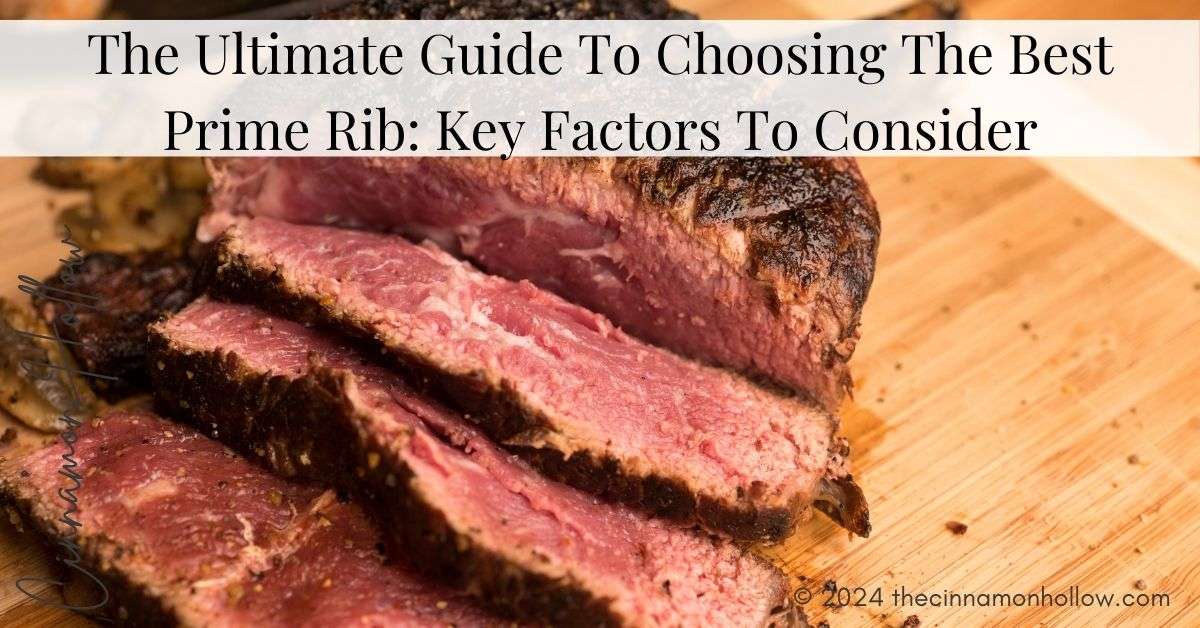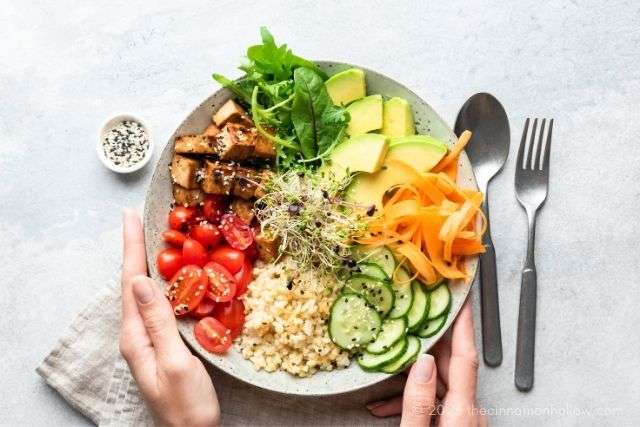Introduction to Prime Rib
Choosing the perfect Prime Rib is essential for a memorable dining experience. Prime Rib is a favorite for special occasions and holiday feasts because of its rich flavor and tender texture. Whether new to cooking Prime Rib or looking to refine your skills, understanding the key factors in selecting the best cut can make a significant difference. For those who enjoy a professional touch, knowing how to grill a Prime Rib can elevate your home-cooked meals to restaurant quality.
The art of choosing Prime Rib involves more than just picking any cut of meat. Many variables dictate the quality and flavor, so it’s essential to be informed before deciding. This comprehensive guide will walk you through everything you need to know.
Types of Prime Rib
Prime Rib typically comes in two main types: first cut (also known as the small end or loin end) and second cut (also known as the large end or chuck end). The first cut is located toward the back of the rib section and is generally leaner, while the second cut is closer to the shoulder and contains more fat and connective tissue.
Grading and Quality
USDA Prime, Choice, and Select are the three primary grades. USDA Prime has the most marbling and is usually found in high-end restaurants. Choice is more commonly available and offers a good balance of quality and price. Select is a more budget-friendly option with less marbling. Knowing these grades can help you make an informed decision depending on your budget and taste preferences.
Bone-In vs. Boneless
The debate between bone-in and boneless Prime Rib is largely a matter of personal preference. Bone-in cuts often provide more flavor and retain moisture better during cooking. However, boneless cuts are easier to carve and can still be incredibly delicious if prepared correctly. Evaluating these options can help you decide based on your cooking abilities and needs.
Marbling and Fat Content
Marbling refers to the white streaks of fat within the muscle tissue. High marbling is a key indicator of tenderness and flavor. When selecting a Prime Rib, look for abundant marbling throughout the meat. This ensures a juicy and flavorful result, especially when roasted to perfection. According to experts at Serious Eats, marbling is the single most critical factor in determining the quality of any cut of beef.
Sourcing and Buying Guide
Where you buy your Prime Rib can greatly impact its quality. Reputable butchers and specialty meat shops often provide higher-quality cuts than generic grocery stores. Checking for freshness and avoiding any meat that looks discolored or smells off is essential. Buying from a trusted source guarantees a better quality product, ensuring your Prime Rib turns out perfectly.
Storage and Preparation Tips
Proper storage is vital to maintaining the quality of your Prime Rib. Keep the meat refrigerated and plan to cook it within a few days of purchase. If you need to store it longer, consider freezing it. Proper thawing in the refrigerator before cooking will ensure the best texture and flavor.
Preparing for Cooking
Before cooking, let the Prime Rib come to room temperature. This ensures even cooking. Season it generously with salt, pepper, and other herbs or spices to enhance its natural flavor. Whether you plan to roast it or use other cooking methods, proper preparation is key to achieving the perfect Prime Rib.
By understanding these key factors, from the types of Prime Rib to the importance of marbling, you can select the best cut for your needs. With proper storage and preparation, your Prime Rib will be the star of your dinner table, impressing family and guests alike.









